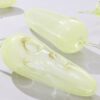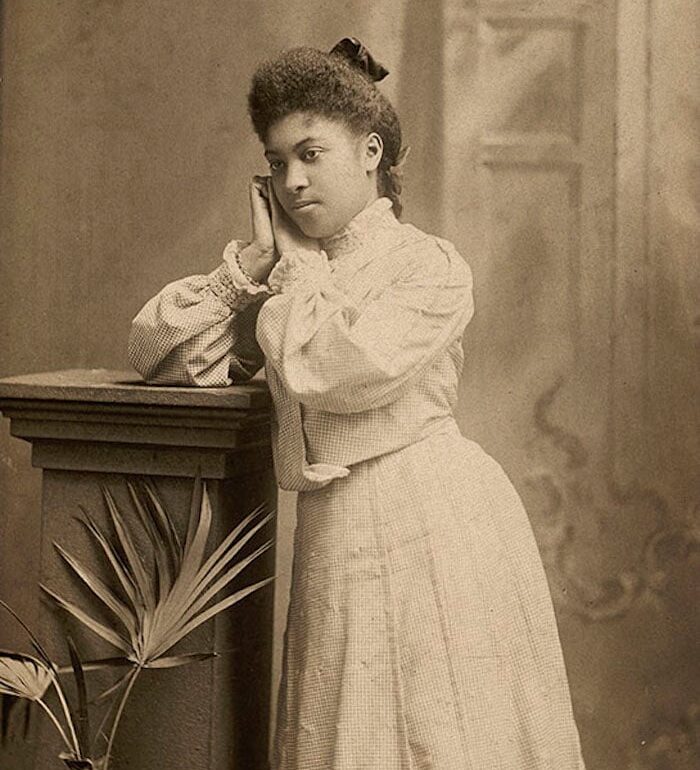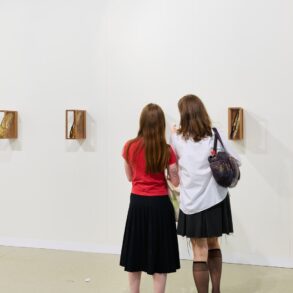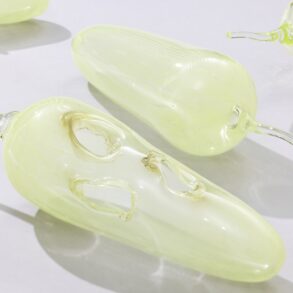In her lifetime, Edith Hester MacDonald-Brown showed her paintings to friends and family but had little opportunity to share her talents with the wider world. Some 70 years after her death, however, she is finally being recognized for her achievements as possibly Canada’s first Black woman artist. A mix of her rugged, escapist landscapes and charming floral still-lifes are receiving their first solo institutional moment at Mount Saint Vincent University (MSVU)’s Art Gallery in the artist’s native Nova Scotia.
“MacDonald’s paintings position her as Canada’s earliest known African Canadian woman fine artist,” according to Adrienne R. Johnson, who is completing her PhD in African Canadian and African Diasporic landscape painting at McGill University. “That MacDonald’s ancestry traces back to the Black Loyalists of the 18th century, who formed the earliest African Nova Scotian communities further diversifies and expands our understanding of Canadian history, Black Canadians, and expands discourses and understandings of pre-WWI Canadian art.”
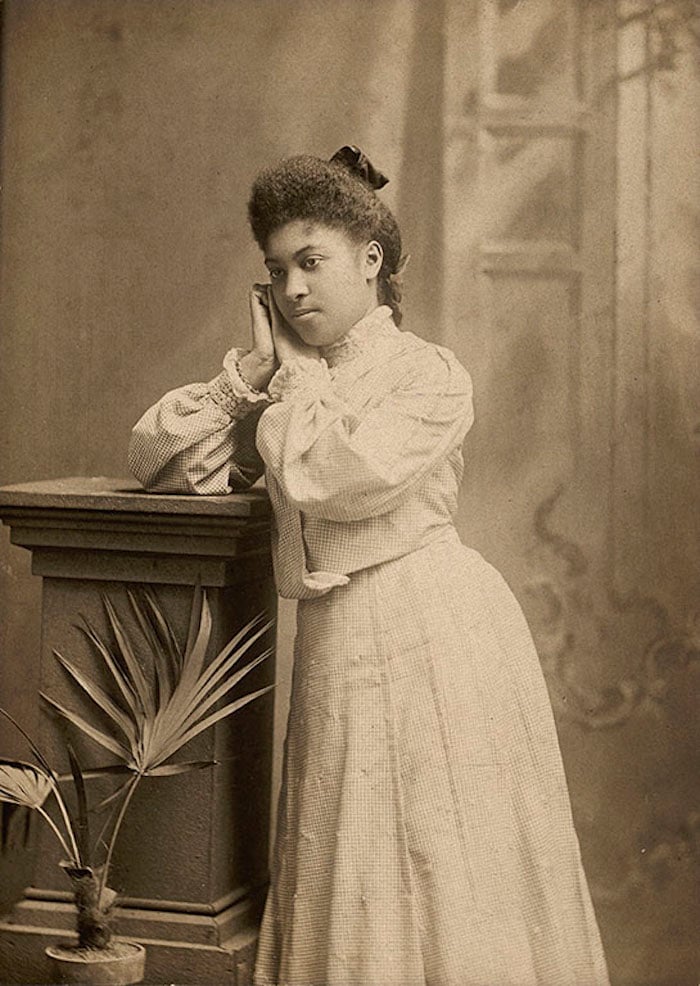
Edith MacDonald-Brown. Photo courtesy of the Brown-Howe Family, Africville, NS.
“From Africville: The Paintings of Edith MacDonald-Brown (1886-1954),” on view through April 26, is possible thanks to new research spearheaded by David Woods. The curator and founding member of the region’s Black Artists Network is known for his role as a cultural leader within the Black Nova Scotian art scene. He first heard about MacDonald-Brown’s work after meeting her daughter Ruth while volunteering at a Halifax library in the 1980s. She enthused about how her mother had loved to paint.
About a decade later, in 1998, Woods was putting together the landmark show “In This Place: The Black Art of Nova Scotia” when he recalled these conversations. He decided to pay Ruth a visit, and she was happy to offer several works she’d inherited for inclusion in the show. In the decades since, Woods has established 13 known paintings by MacDonald-Brown, of which nine are now being exhibited, and he is working with her descendants to promote and preserve her legacy. Several paintings were restored last year ahead of their latest public display.
Edith MacDonald-Brown was born on December 17, 1886 in Africville, a small but thriving historical village inhabited predominantly by Black Nova Scotians that lay just north of the city of Halifax. The community, which included formerly enslaved people, Black Loyalists, and refugees from the War of 1812, began to form in the 18th century. MacDonald Brown’s great-grandfather William Brown was one of the first settlers to buy land in Africville, and she grew up in a middle-class household and worked at her mother’s general store.
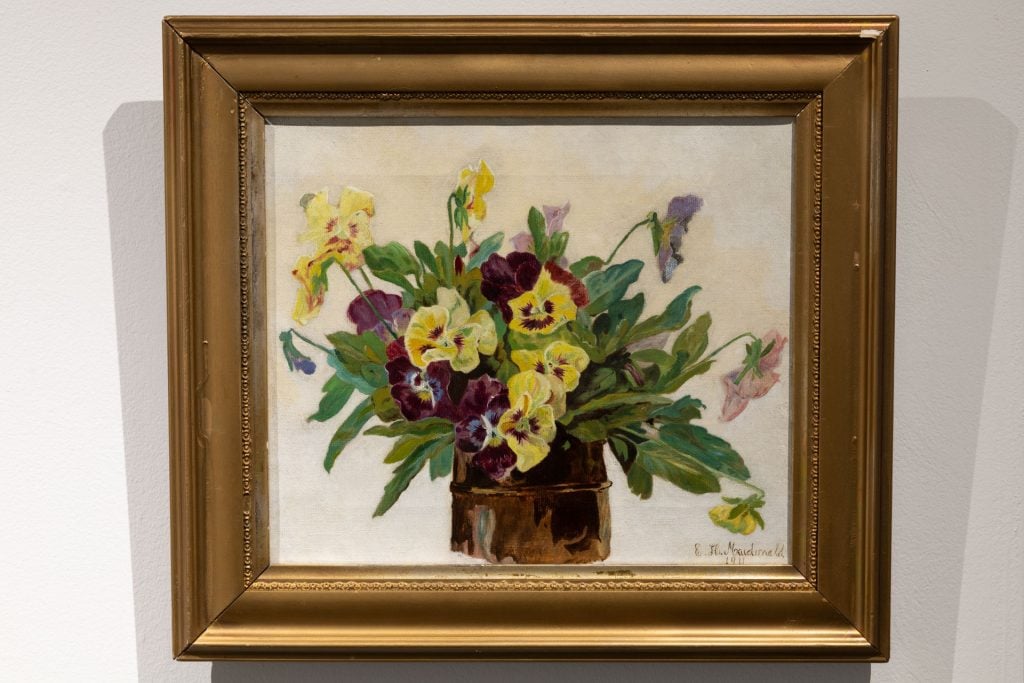
Edith MacDonald Brown, Untitled, (Flower bowl – pansies) (1911). Collection of the Brown-Howe Family, Africville, NS. Photo: Keely Hopkins, courtesy of MSVU Art Gallery.
In 1898, MacDonald-Brown moved to Montreal, and her earliest known work, Untitled (Red and yellow flowers), dates to this period when the artist was still only in her early teen years. It is believed that she took art classes and kept painting well into her twenties. According to Johnson, the family stayed in Saint-Jean Baptiste Ward, Maisonneuve in the City’s West end, so we can speculate that the budding artist may have attended the nearby Women’s Art Society of Montreal.
“It’s likely MacDonald, like many Canadian artists of the period, practiced drawing and painting by copying masterpieces,” Johnson said, noting how MacDonald-Brown’s 1911 work Untitled (Flower Bowl) was made after Pansies in a Pewter Vase by the French painter Paul de Longpré (1855-1911).
“We can consider MacDonald-Brown’s paintings typical of the popular trend for academic, European styles of the 19th century, prior to the explosion of the bold colors and abstract forms by Canadian modernists,” said Johnson. She described the artist’s paintings as being executed “with measured and at times near invisible brushstrokes, that were built to capture faithful to life scenes.”
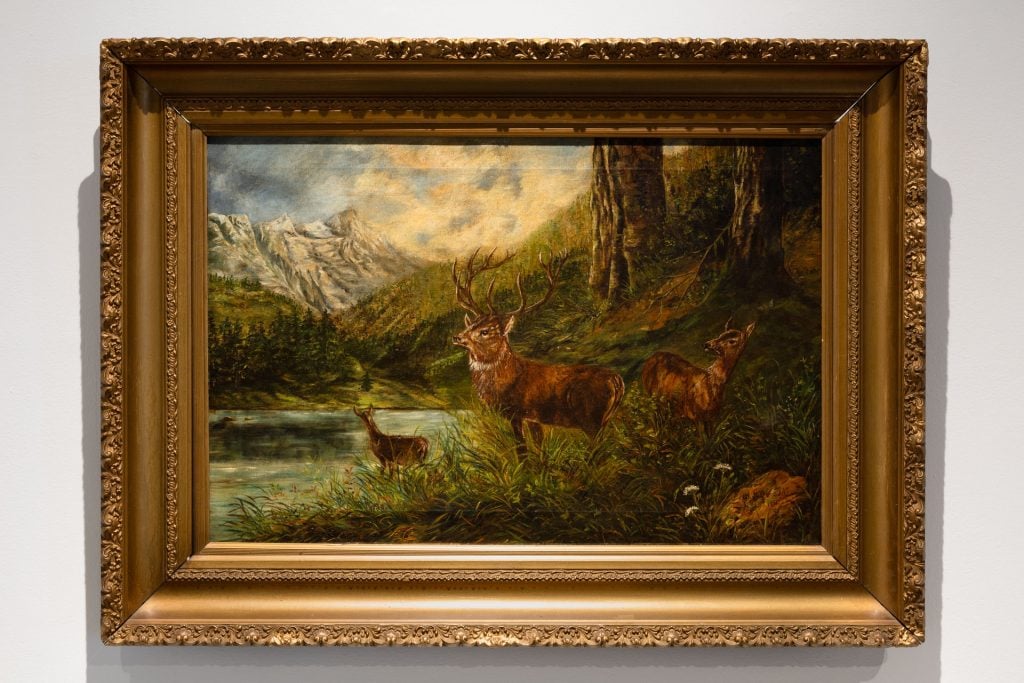
Edith MacDonald-Brown, Untitled, (Deer in Forest) (1901). Collection of the Brown-Howe Family, Africville, NS. Photo: Keely Hopkins, courtesy of MSVU Art Gallery.
“There’s also the tempting aspect of MacDonald transgressing the typically domestic scenes that were considered ‘proper’ for women to paint,” said Johnson. Surviving photos show that MacDonald-Brown and her family in typical middle-class dress “certainly understood the social mores of the time for ‘proper’ young women.” However, Johnson also wonders whether being treated as an outsider to White society may have helped the artist feel free to attempt more ambitious subject matter. “On the off chance she did work en plein air, her being Black could have afforded her the ability to do so,” Johnson suggested.
The last known date for one of MacDonald-Brown’s paintings is a still-life from 1913, with no others known to have been made after 1914, by which time MacDonald-Brown had returned to her hometown and married William Henry Brown Jr. One possibility is that she ceased working, in which case we can only guess at how her practice may have continued to evolve.
Johnson posits another, more tantalizing possibility. “From my 10 years researching African Canadian fine artists of the 19th century, it wouldn’t surprise me in the slightest to learn additional paintings—by MacDonald or others—exist in someone’s living room, attic or garage,” she said. As an example, she recalled finding a watercolor seascape by George M. Crawford, one of the first Black Canadian artists, who died in 1900 in Ontario, that had been discarded in a woodworking shop.
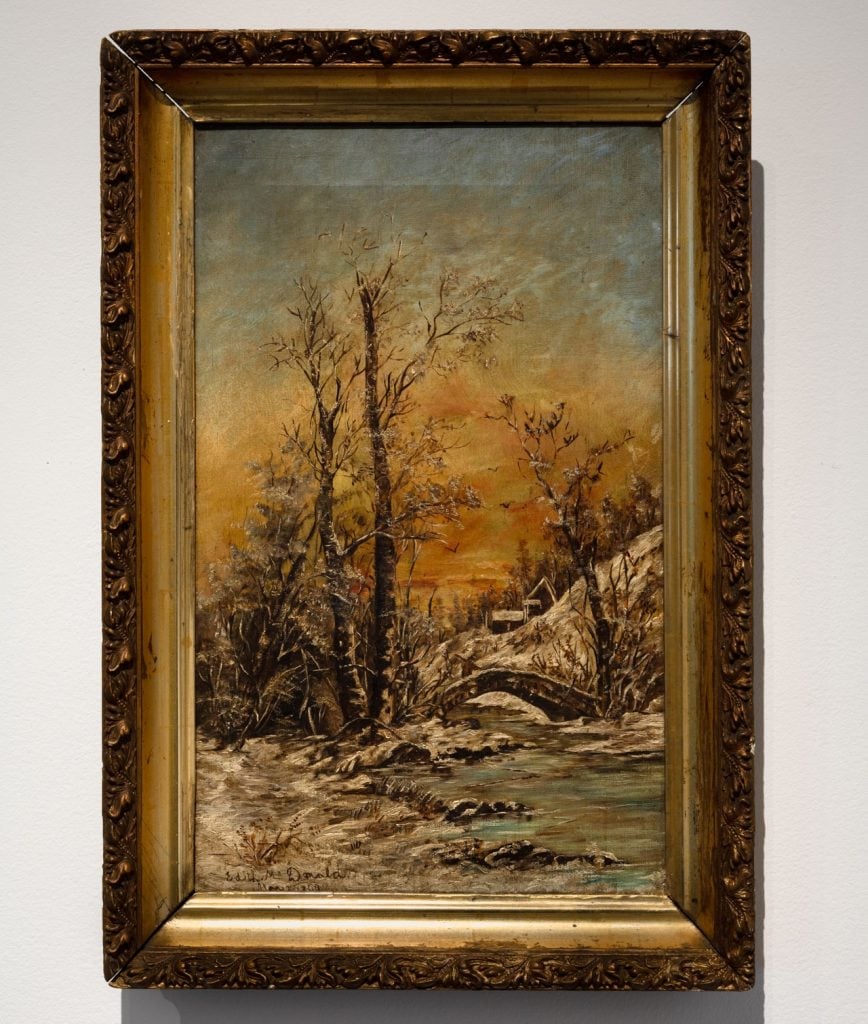
Edith MacDonald-Brown, Untitled, (Lake Scene) (1909). Collection of the Brown-Howe Family, Africville, NS. Photo: Keely Hopkins, courtesy of MSVU Art Gallery.
Edith MacDonald-Brown died on her 68th birthday in 1954, just a decade before the City of Halifax began razing Africville, where some 400 people still lived, amid a spate of similar efforts to clear predominantly Black neighborhoods across Canada. In 2010, after years of campaigning, the City of Halifax formally apologized for the destruction of Africville. It has been turned into a commemorative site with a museum.
While the discovery of MacDonald-Brown’s work “confirms the obvious that African Canadians participated and excelled in Western fine art,” for Johnson it also had great personal value as a Black Canadian art history student. “You know there’s a historical presence of Blacks in Canada dating as early as the 17th century, and you understand the social and symbolic function of visual culture,” she said, so it was frustrating to find only either anthropological displays of artifacts and other colonial spoils or the work of Black Canadian contemporary artists active since the 1990s.
“It was that disorienting experience that led me to MacDonald and my focus on African Canadian fine art,” she said. “It was beyond insanely rewarding and affirming when I succeeded in finding her paintings. Especially when I was beginning to concede I wouldn’t find anything before the 1970s, much less by a woman. It still gives me chills!”
For his part, the show’s curator Woods promised Johnson before her death in 2003 that he would one day stage a solo exhibition dedicated to her mother. “We have these gifts and we can only be grateful that we still have them 100 years later to celebrate,” he told the CBC. “And to perhaps bring some honour to her for her art that she did not receive during the time that she was creating the works.”
“From Africville: The Paintings of Edith MacDonald-Brown (1886-1954)” is on view at MSVU Art Gallery in Halifax, Nova Scotia through April 26, 2025.
This post was originally published on this site be sure to check out more of their content


